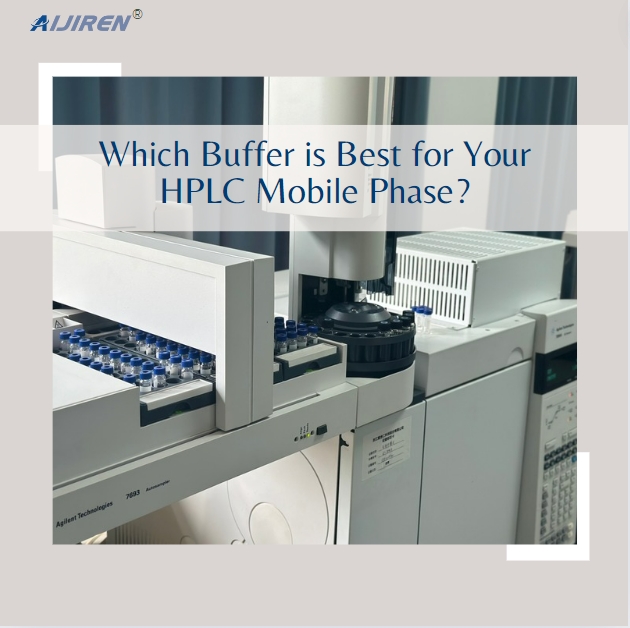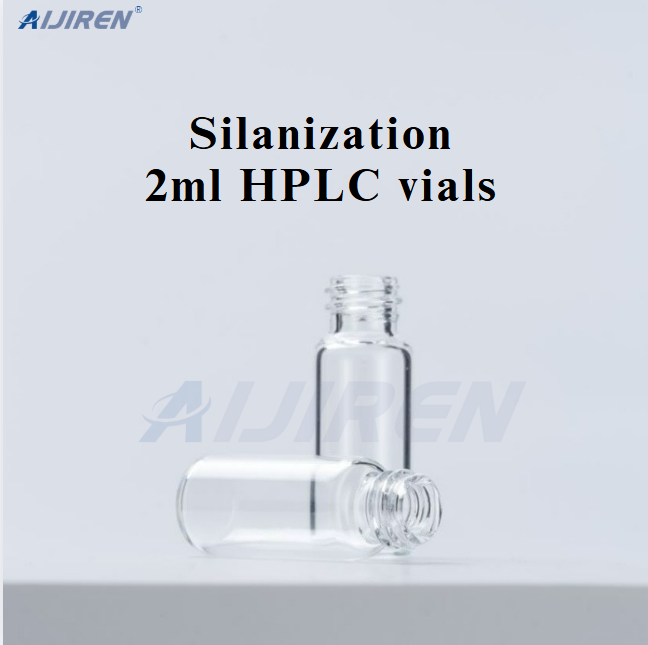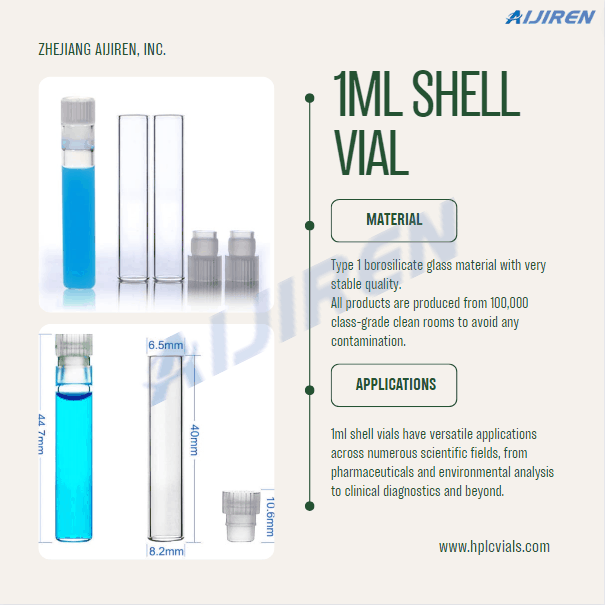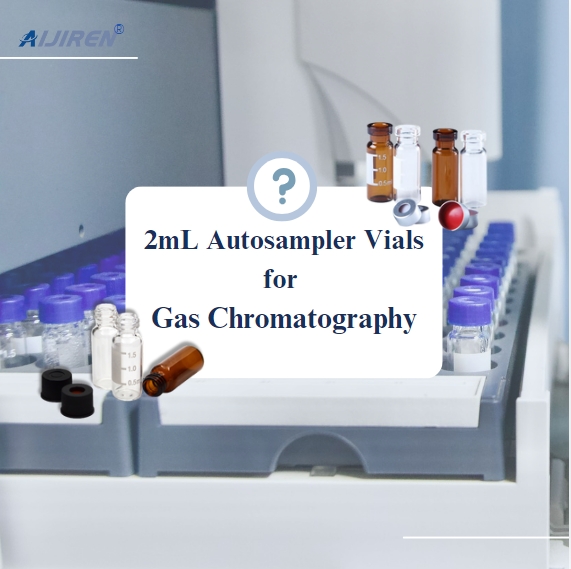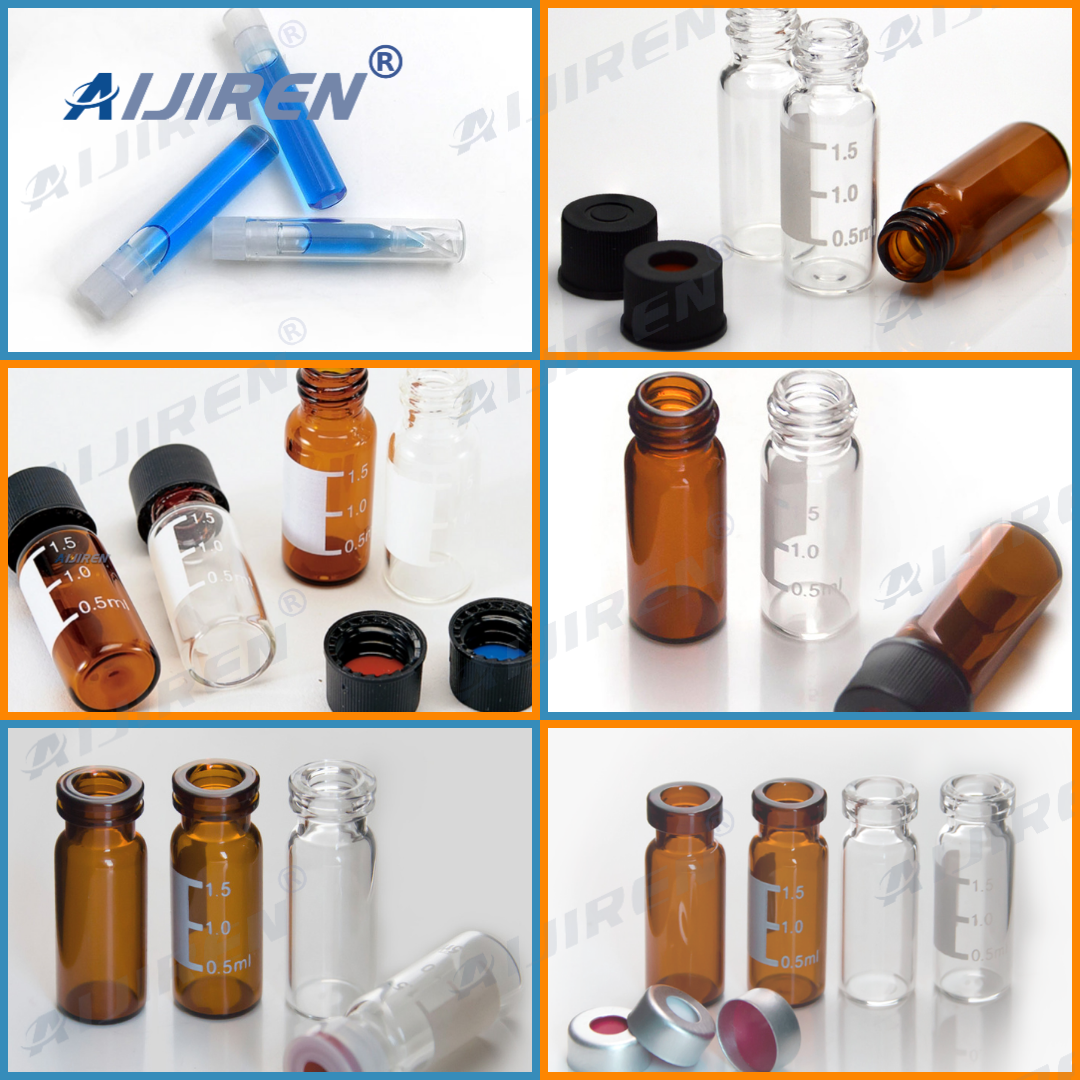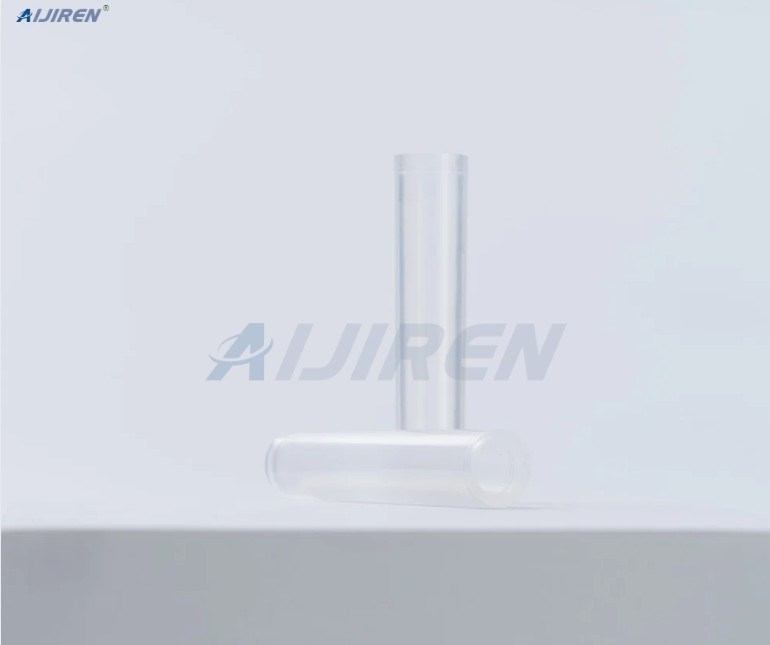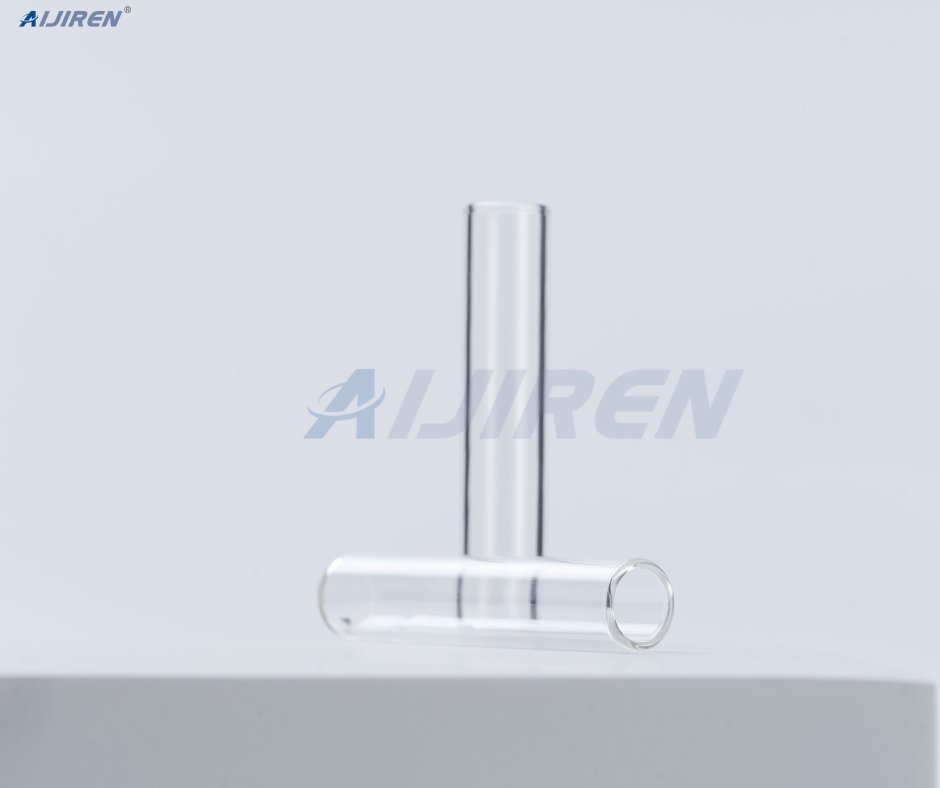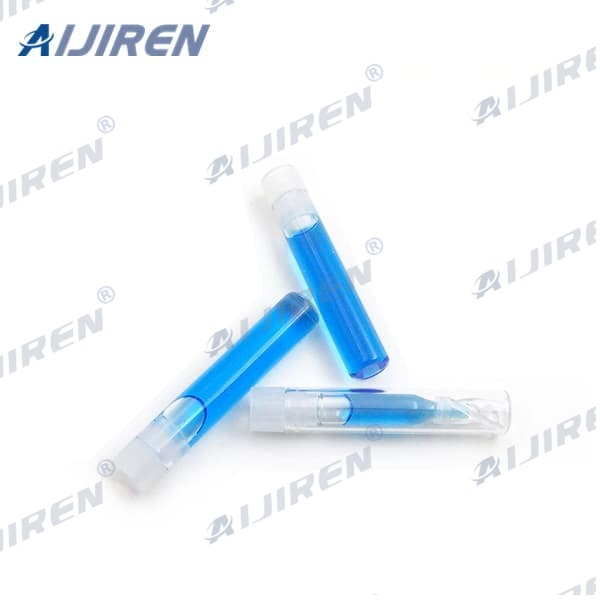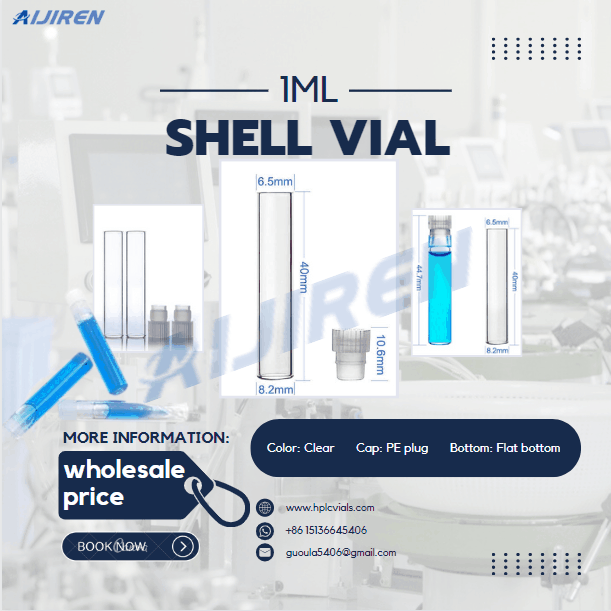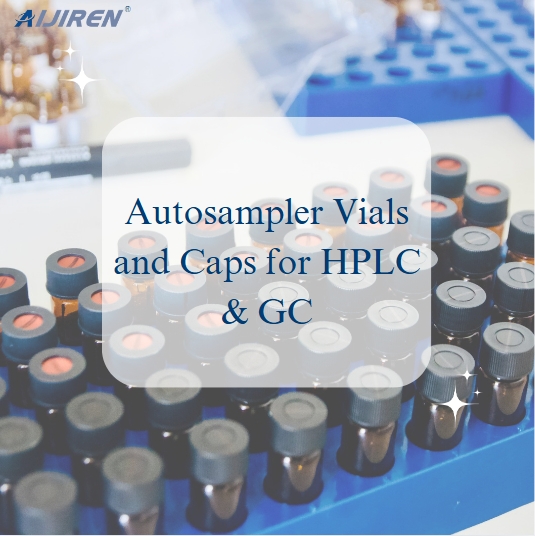Which Buffer is Best for Your HPLC Mobile Phase?
Choosing the right buffer for your HPLC mobile phase is crucial for achieving optimal separation and reliable results. Buffers play a significant role in controlling pH, which directly affects the retention and elution of analytes, especially those that are ionizable. Here’s what you need to consider when selecting the best buffer for your application.
1️⃣ Understand Your Analytes
The choice of buffer largely depends on the pKa of your analytes. Ideally, the pH of your mobile phase should be within ±1 unit of the buffer’s pKa to ensure effective buffering capacity. For example, if your analyte has a pKa of 4.5, a phosphate buffer with a pKa around this value would be suitable, allowing you to maintain the analyte in its desired ionization state.
2️⃣ Buffer Types
Phosphate Buffers: Widely used due to their effective buffering range (pH 2-8). They are compatible with many analytes and provide good stability.
Acetate Buffers: Suitable for lower pH applications, typically ranging from pH 3.6 to 5.6. They are effective for acidic analytes.
Tris Buffers: Commonly used in biological applications, particularly for proteins, but may not be ideal for UV detection due to their absorbance.
3️⃣ Consider Compatibility
Ensure that the selected buffer is compatible with your HPLC system and the stationary phase of your column. Some buffers, like citrate, can corrode stainless steel components over time, so consider the long-term effects on your equipment.
4️⃣ Monitor Buffer Concentration
A concentration of 25-50 mM is typically effective for most applications. Higher concentrations can enhance peak shape and resolution but may also lead to increased backpressure and potential precipitation.

